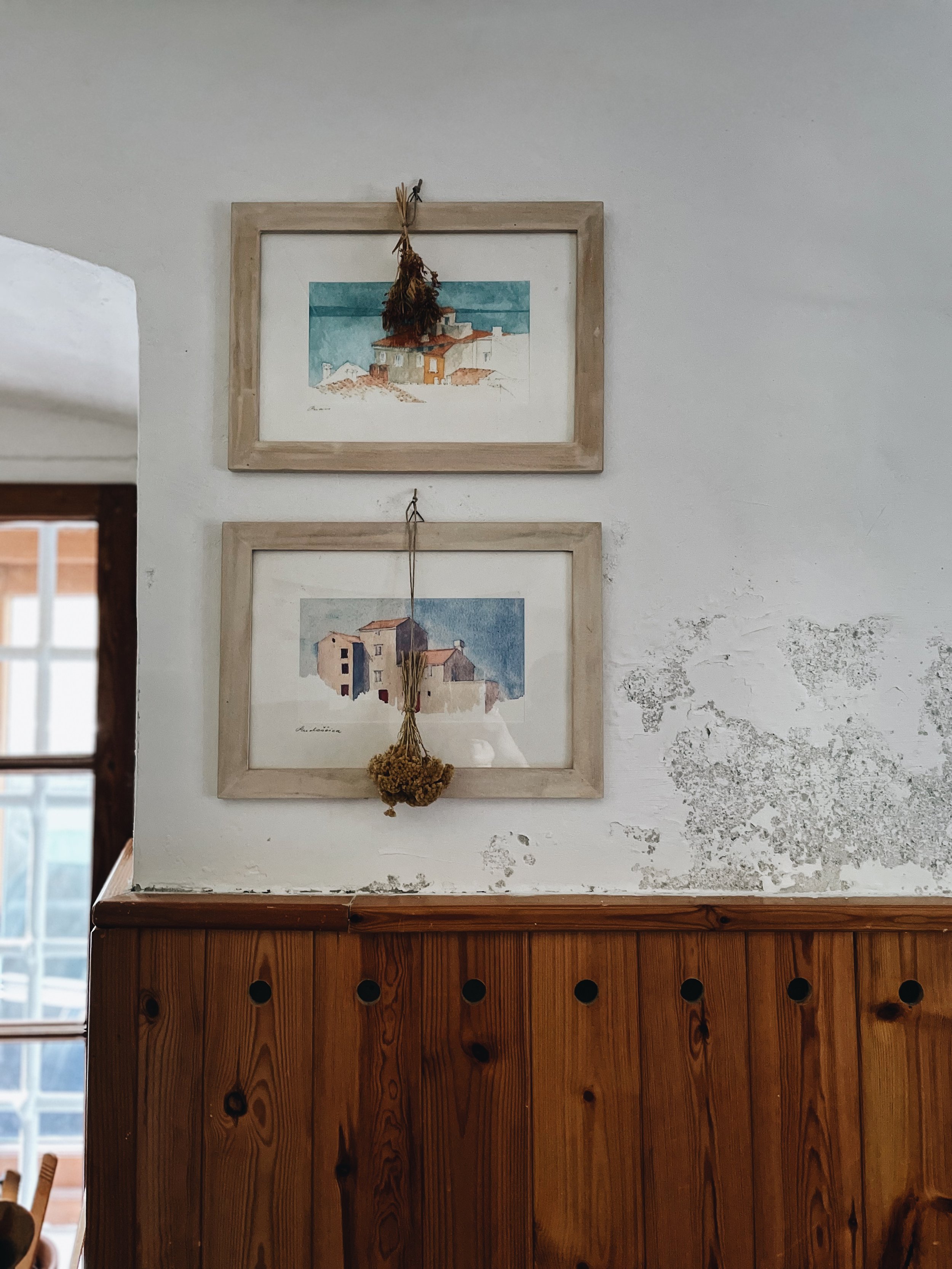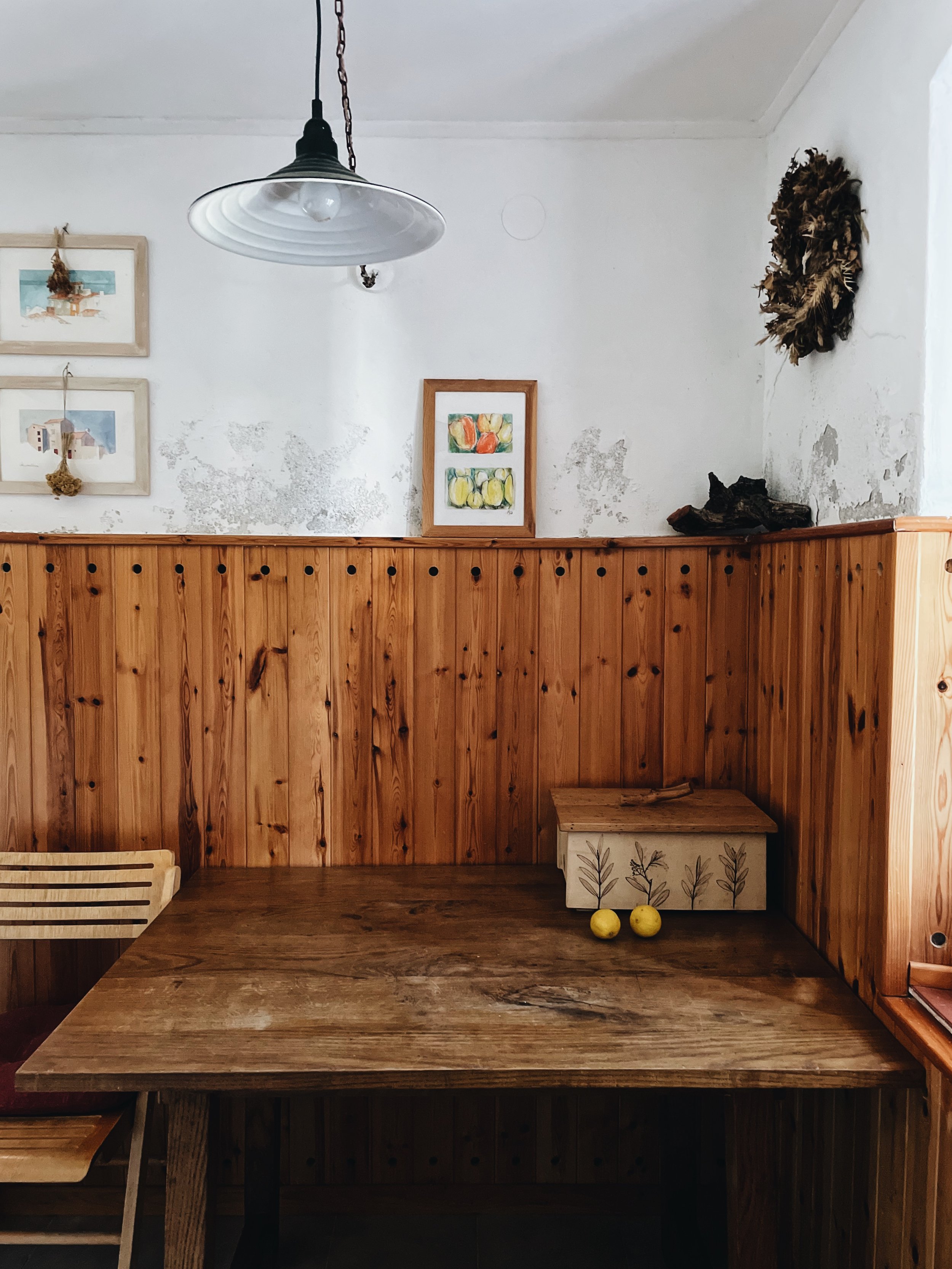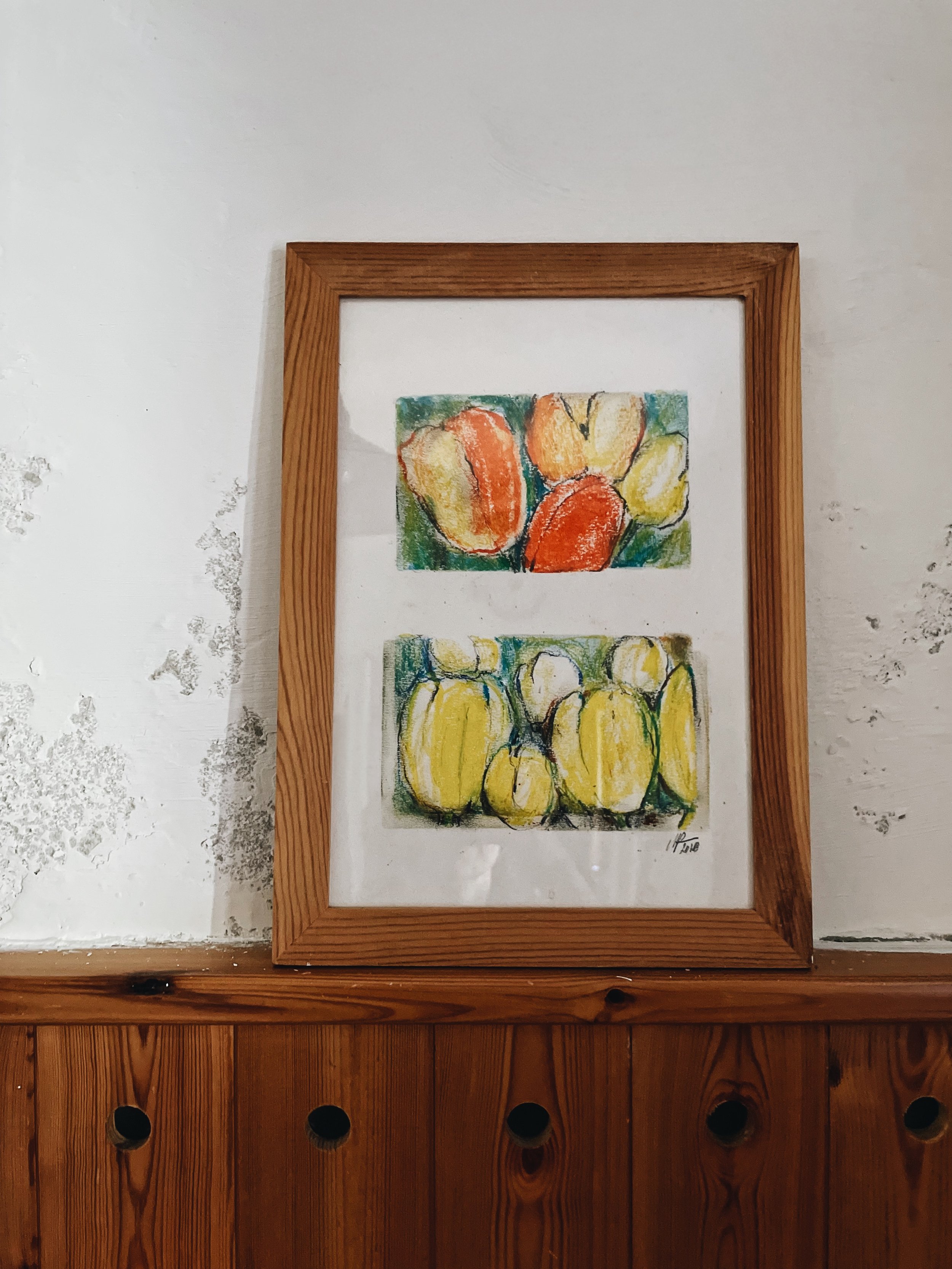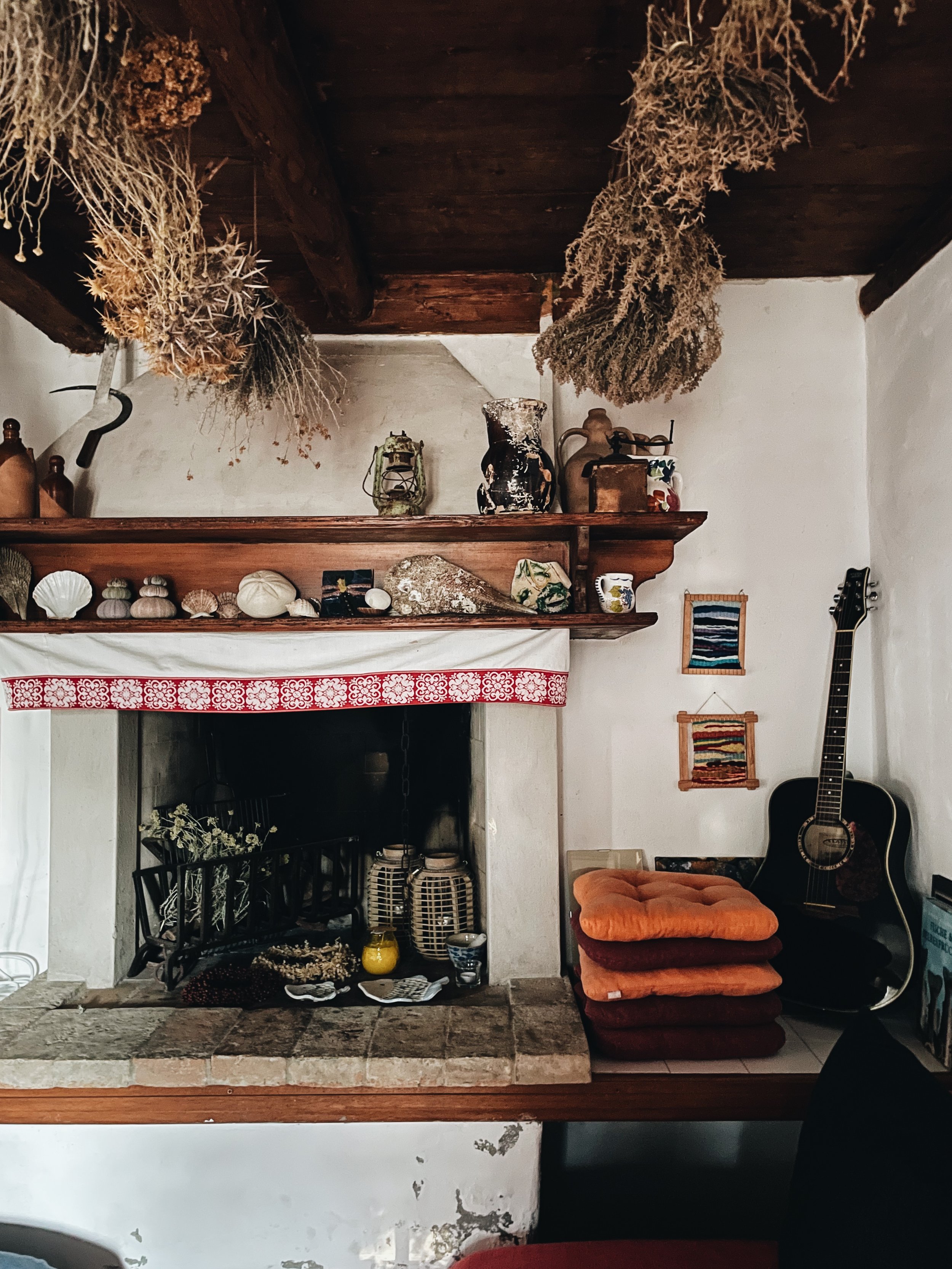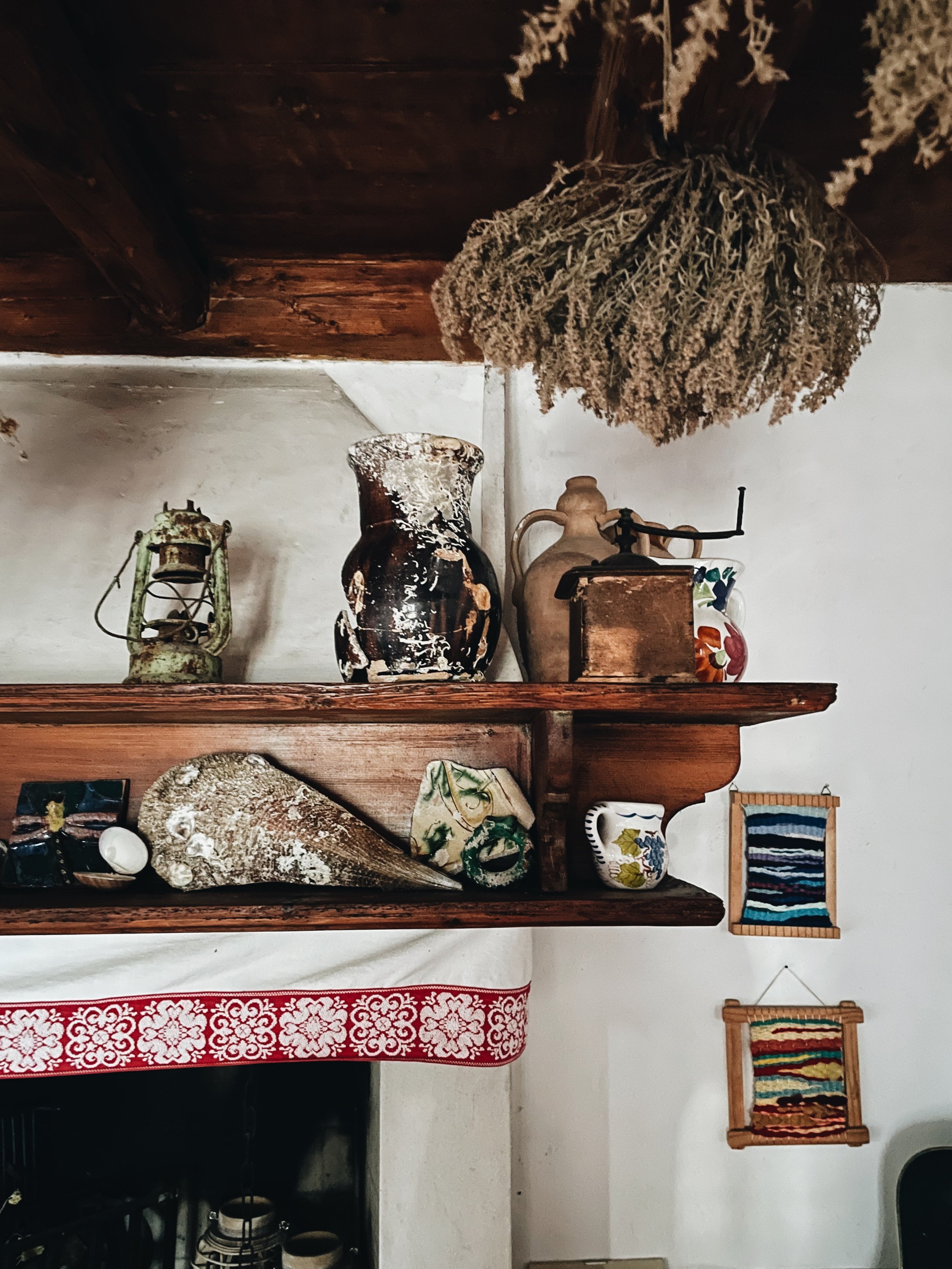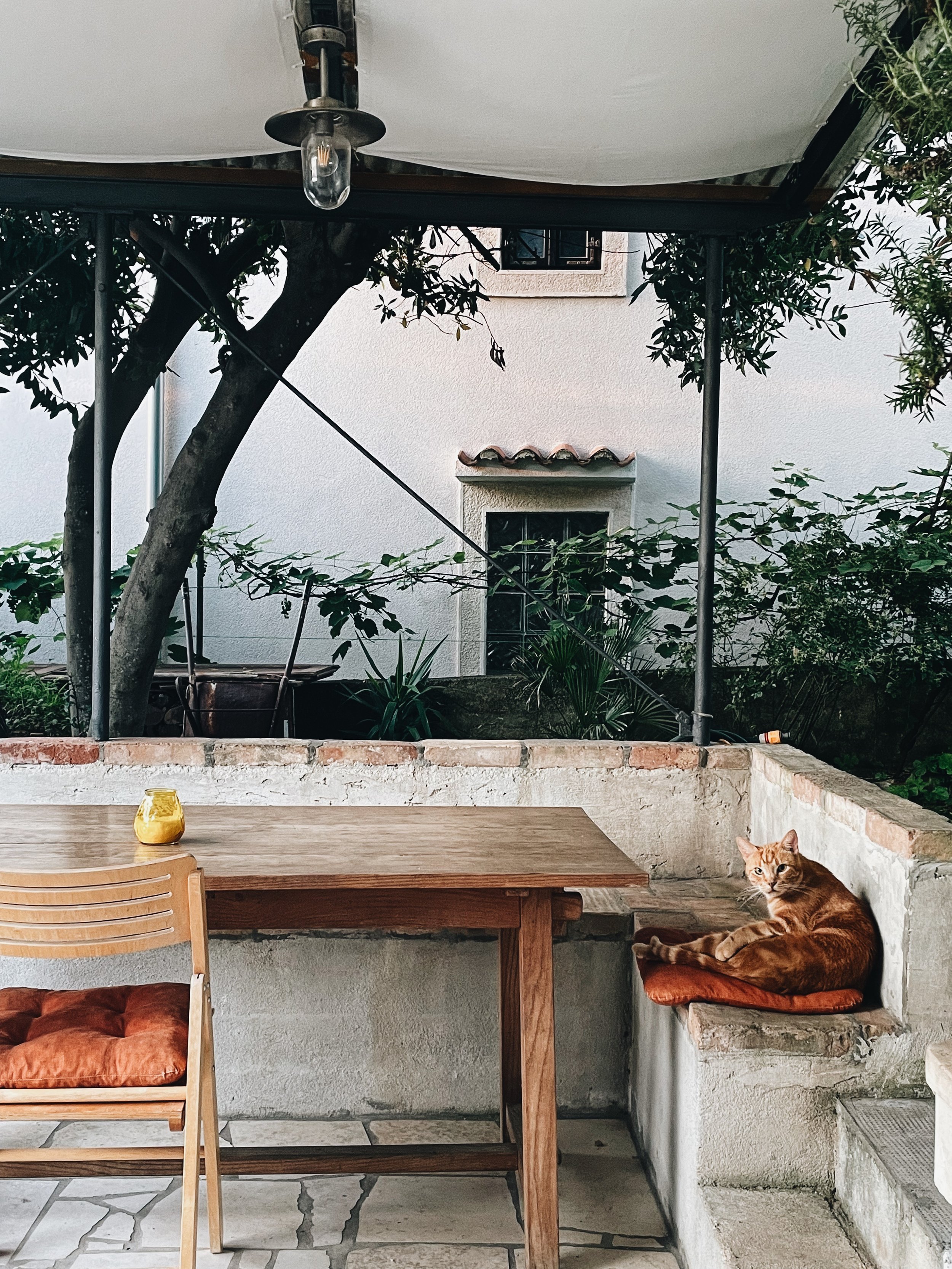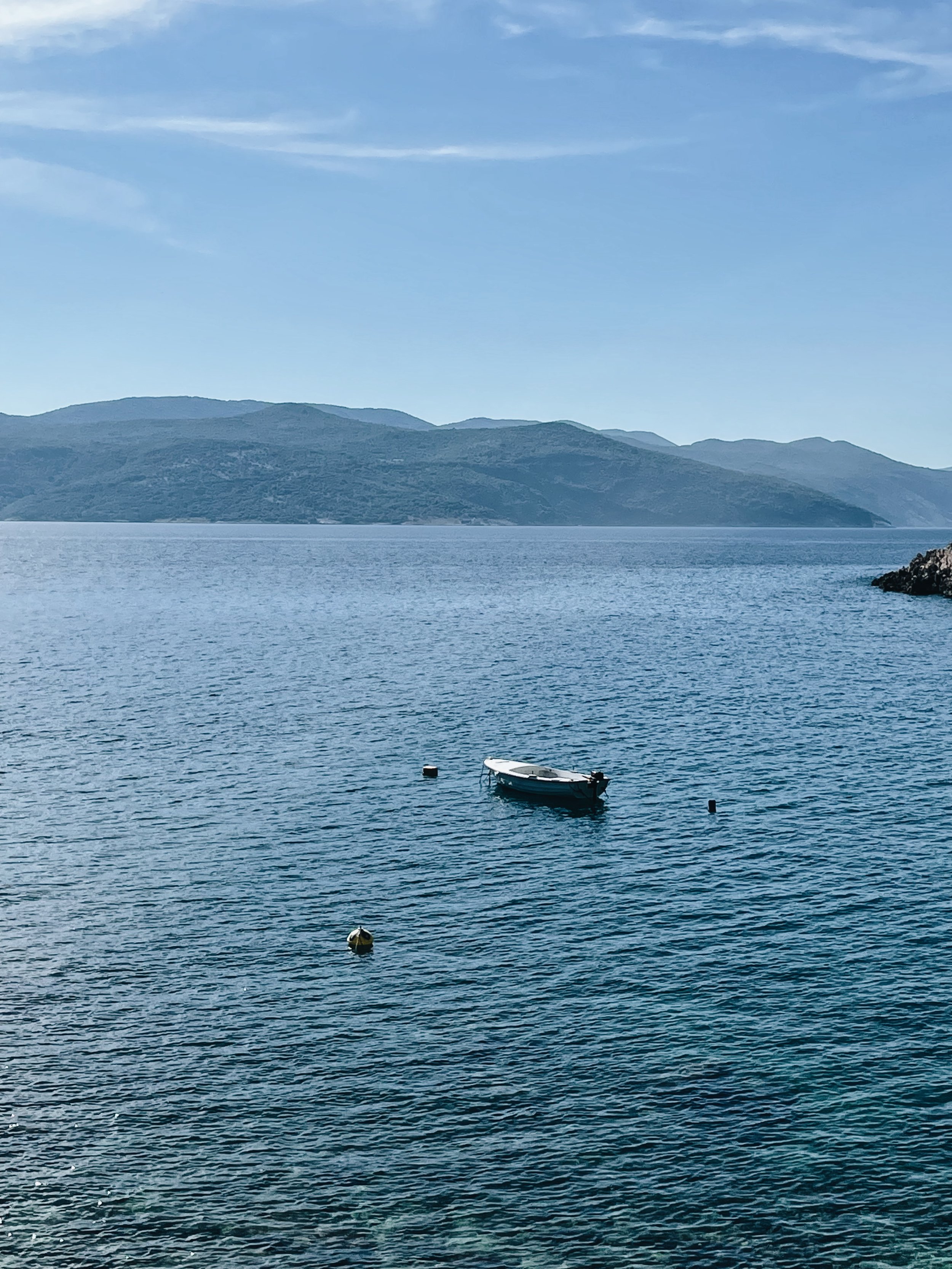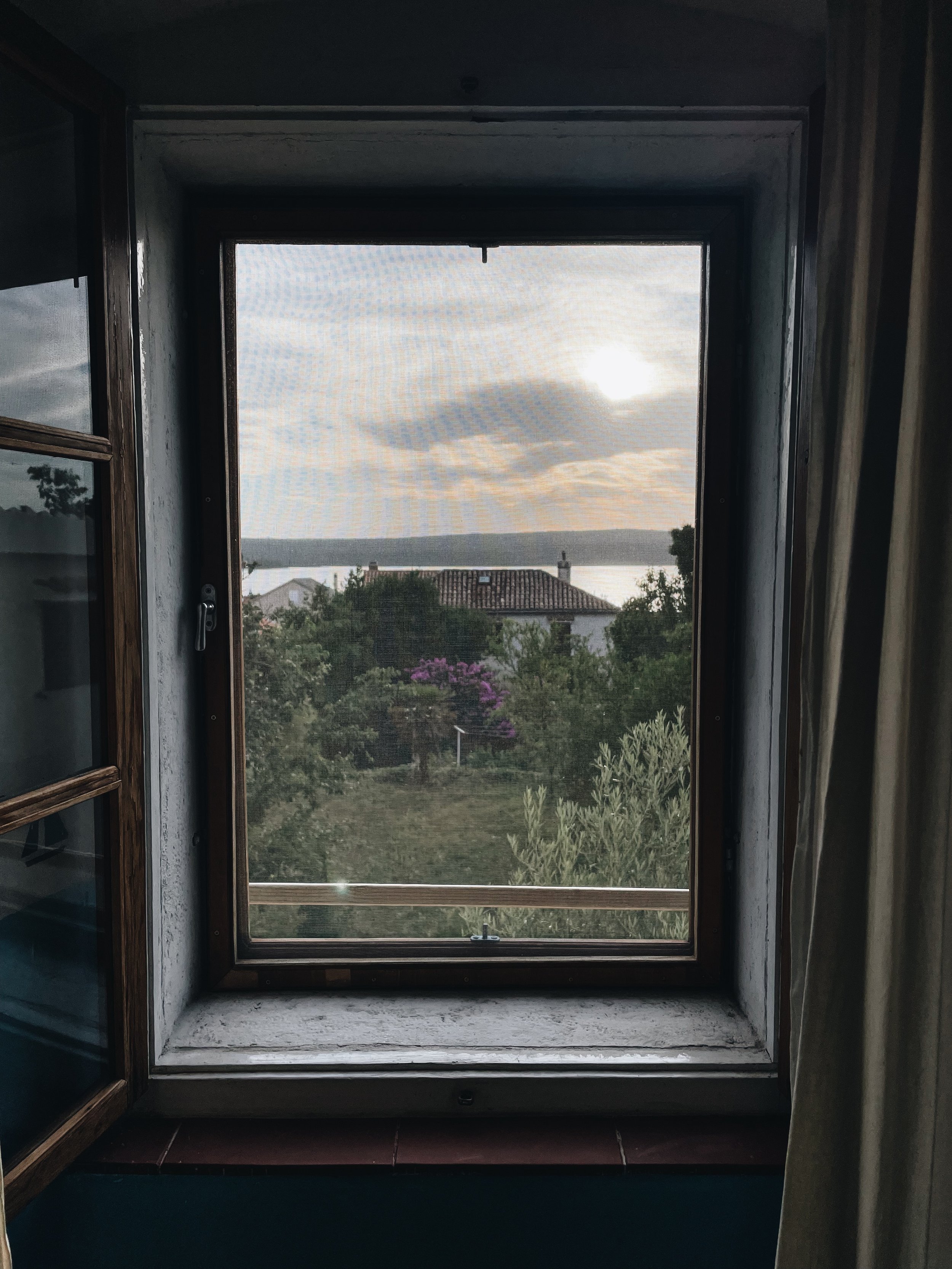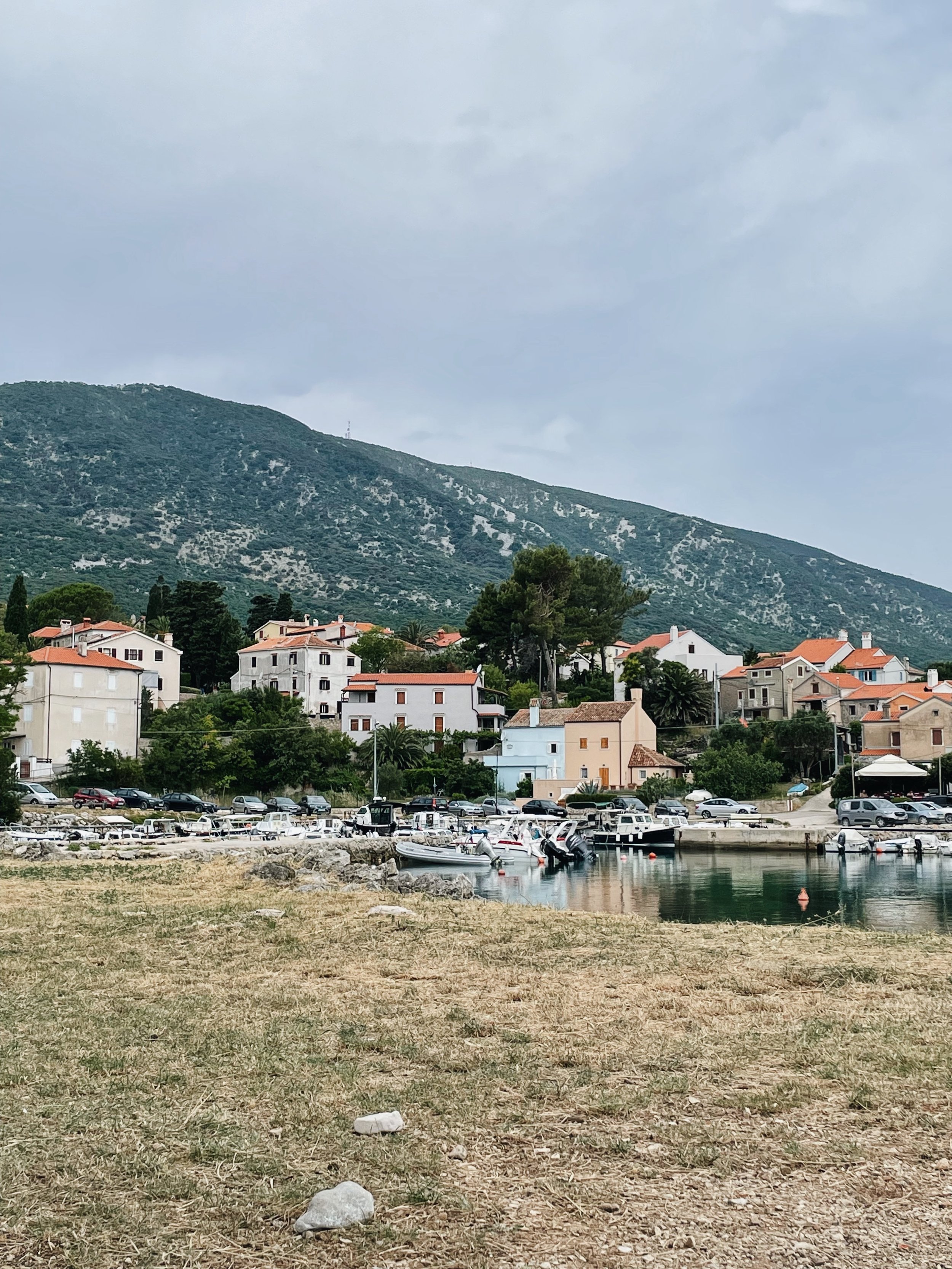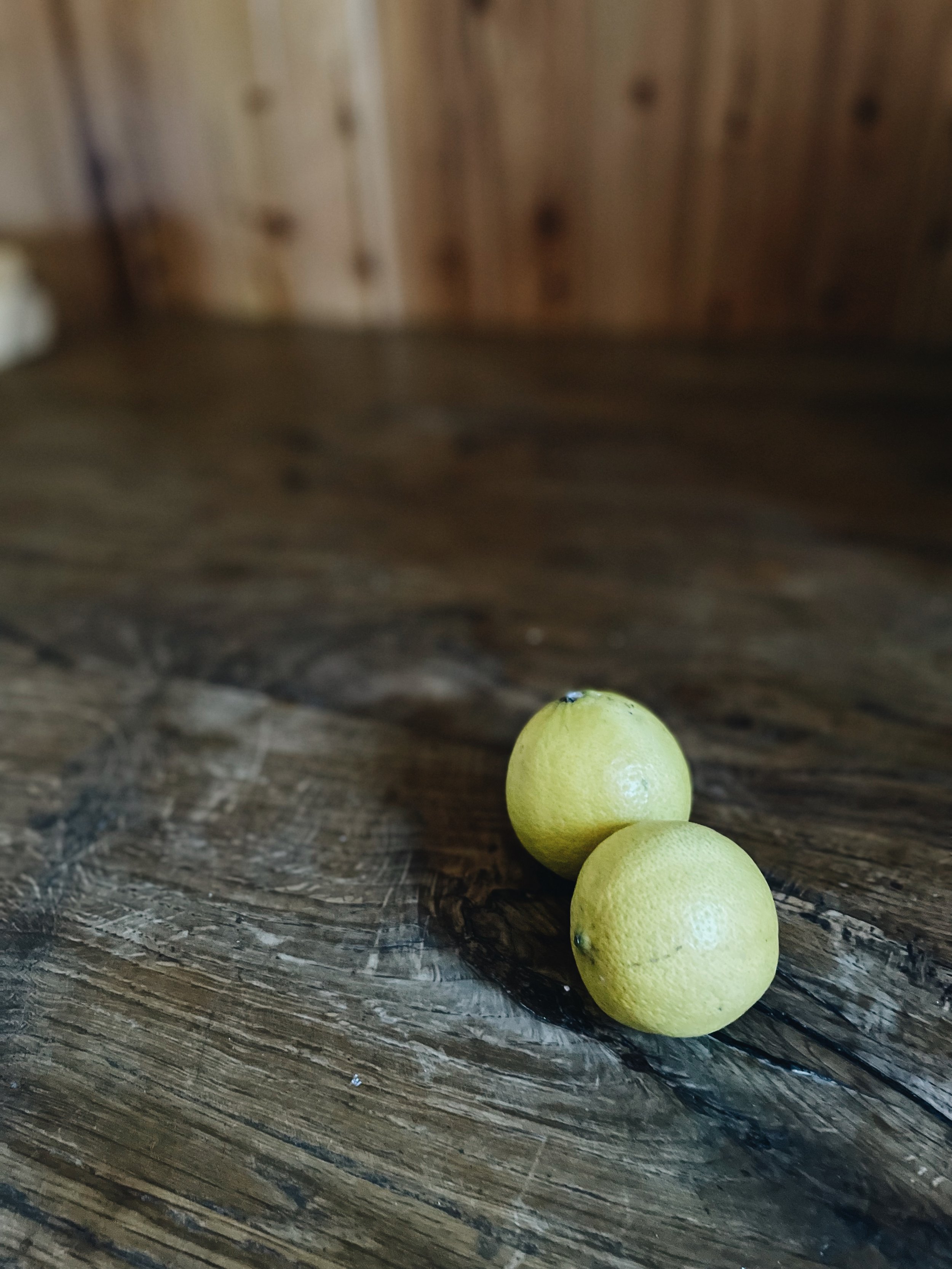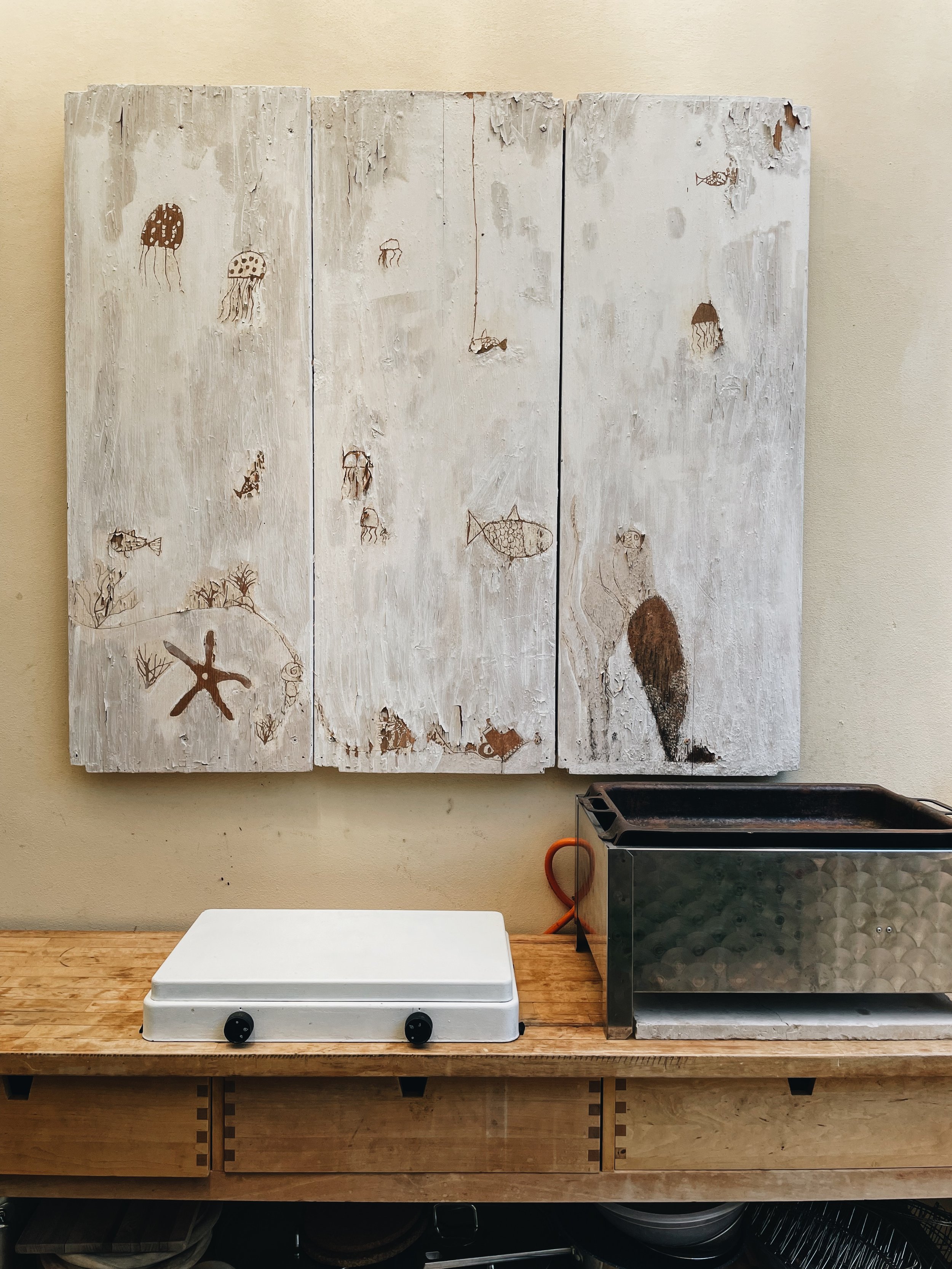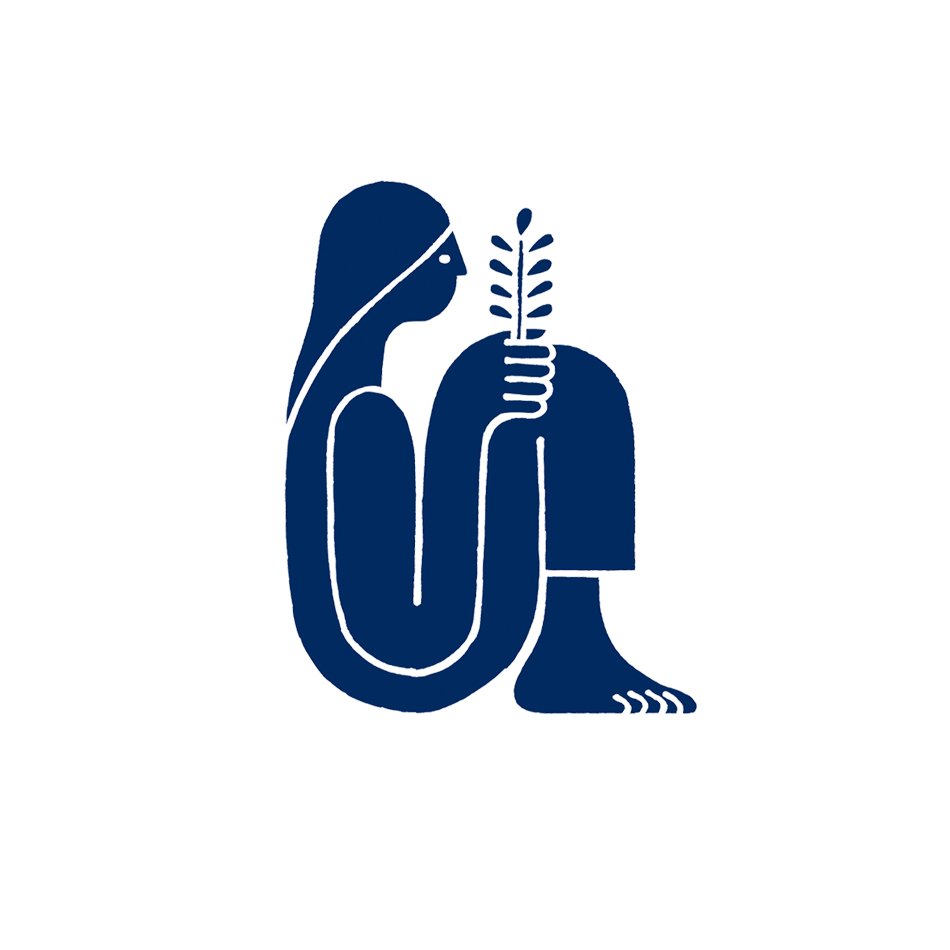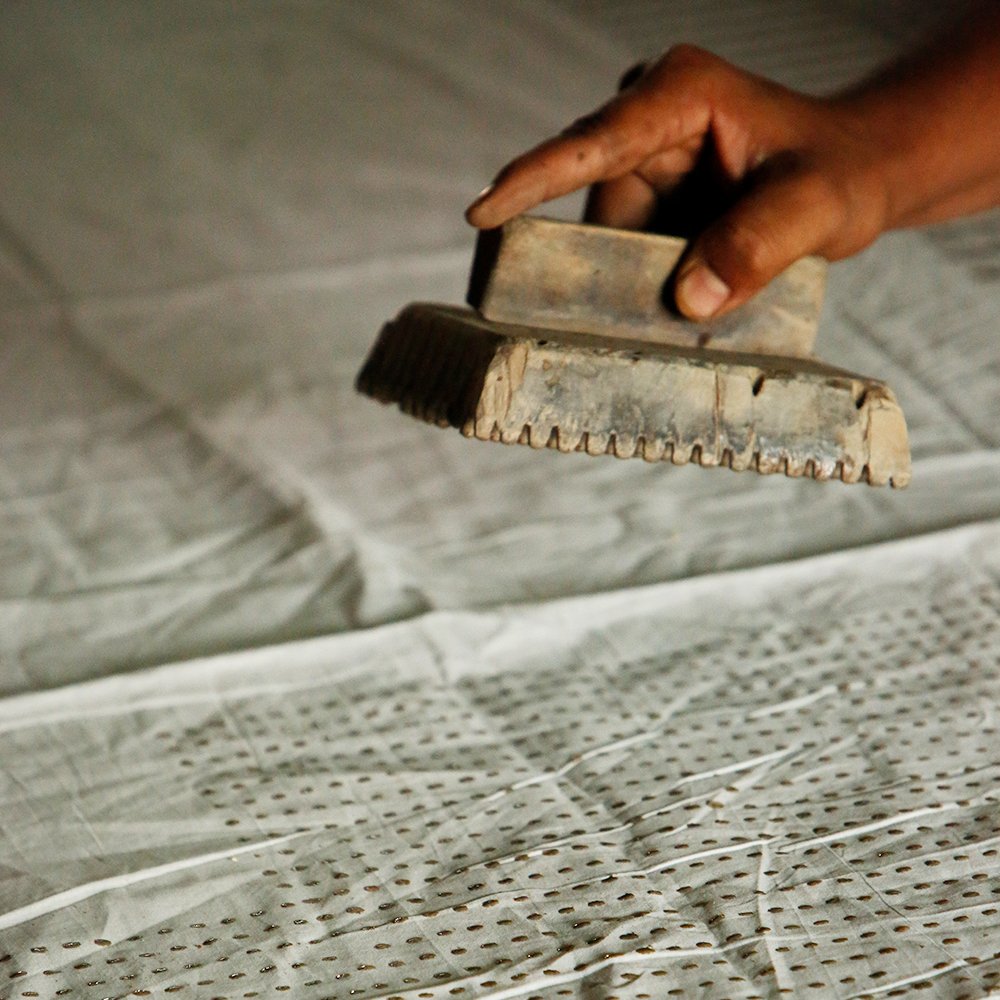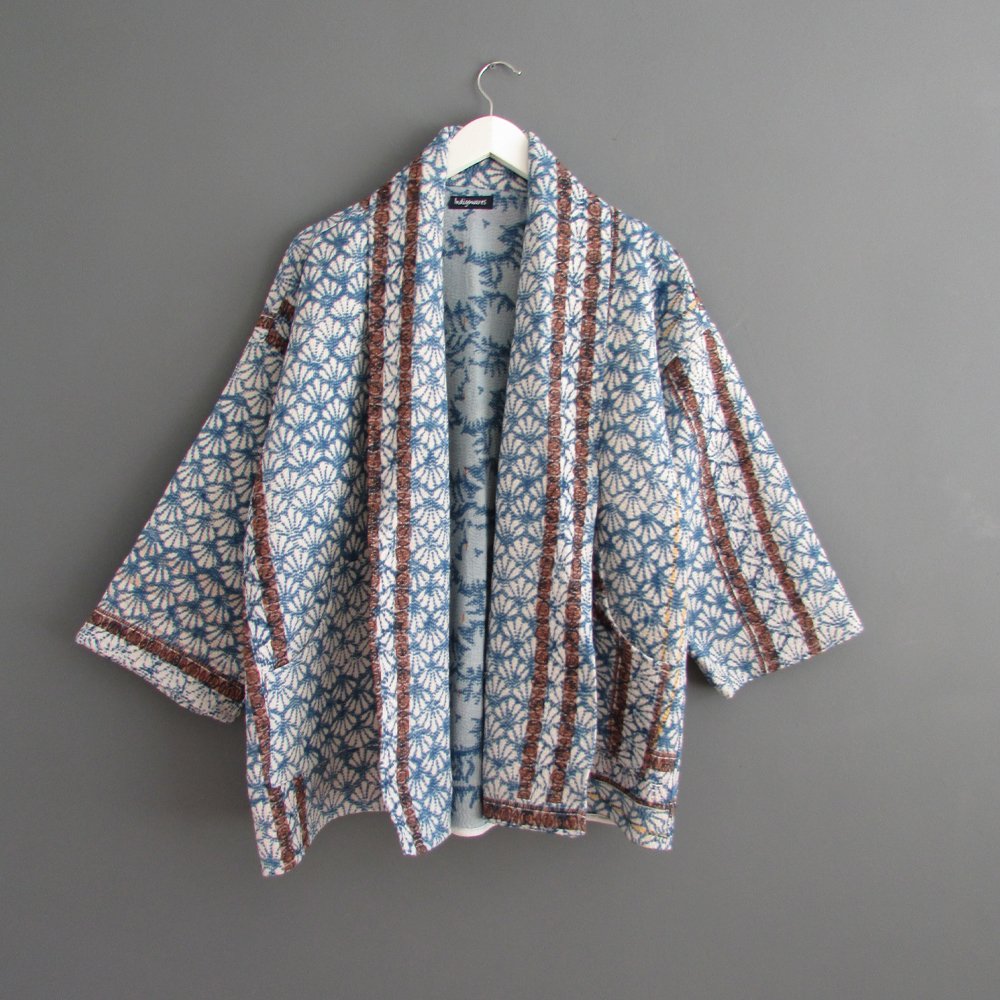Croatia: heiter spots to visit in Nerezine, Losinj
After several times of re-booking and moving dates (for the most obvious reasons that have faced many of us during the past two years), we finally made it to Croatia last month. We holidayed in a lovely little seaside town called Nerezine that is located on the beautiful island of Losinj.
We had the opportunity to stay at a cute little house ten minutes away from the town centre. It never took us long to reach the beach, restaurants and shops - which was ideal, especially given that we were travelling with a toddler. Today I’d like to share my heiter “Nerezine” spots with you here, hoping that they might be useful for you one day.
SOHO shop
A cute little boutique that offers fun gifts, cards, lifestyle products and clothing. Many items in their range are from sustainable brands.
Restaurant Konoba Promenada
Probably our favourite local restaurant for us as a family. The staff is friendly and considerate, the (traditional) food brilliant: we really enjoyed their seafood platter. They also offer “half portions” for kids.
Porto
The little bistro/bar right by the sea offers (stone oven baked) Napolean pizzas and burgers. We loved their laid back and more international atmosphere.
Bistro Rio
The bistro next to the marina seems to be a secret meeting point for locals too. It is small but stands out with freshly cooked seafood. We can highly recommend it to everyone who is on the hunt for great fish and chips for their lunch.
Hotel Televrin
Many tourists not just eat but also stay at the beautiful hotel that’s situated right next to the marina. Their menu consists of traditional and more cosmopolitan dishes (note: you even find vegan options) and you’re also expected to pay a little more than in other restaurants in town. J particularly loved the playground next door.
Pekara (Bakery) Martina
The best spot to get traditional Croation bread (which tends to be a white loaf) but also treats such as crossaints and little cakes. We stopped there at least once a day.
Day trips:
If you’re up for a day trip or two, we can recommned the old town of Osor and Mali Losinj, home of the Apoxsyomenos museum. You could also go on one of the organised dolphin watching trips from Mali or Veli Losinj. J is a bit too young for those so we didn’t do any this time round but might give them a go on a future trip.
Good to know:
the network on the island is not the best so we would not recommend going to Losinj for a workcation. We also had no wifi where we stayed but kept in touch with family when going for dinner in the evening: pretty much every restaurant and/or bar offers wifi.
it is great that you can return plastic bottles (and get your deposit back) at the local supermarket. You do need to bring in the original receipt (as proof that you got your water/milk etc there) though so make sure you don’t lose it.
if you don’t stay right next to the beach, make sure you bring a mosquito spray along. There are quite a few of them.
Croatia is famous for their pebbled beaches. If you are not used to running barefoot on stones, consider bringing jellies or other swimming shoes along.
the local post office is only open on weekday mornings (Mo-Fr, 8am-12pm). Make sure you get there before the weekend so that you’re in time to post postcards to your loved ones.
the people of Nerezine are used to tourists from Austria, Germany and Italy. So used, that they might ask you to speak German or Italian (instead of English) at some of the restaurants and shops.
Words & images: Katharina Geissler-Evans, heiter


